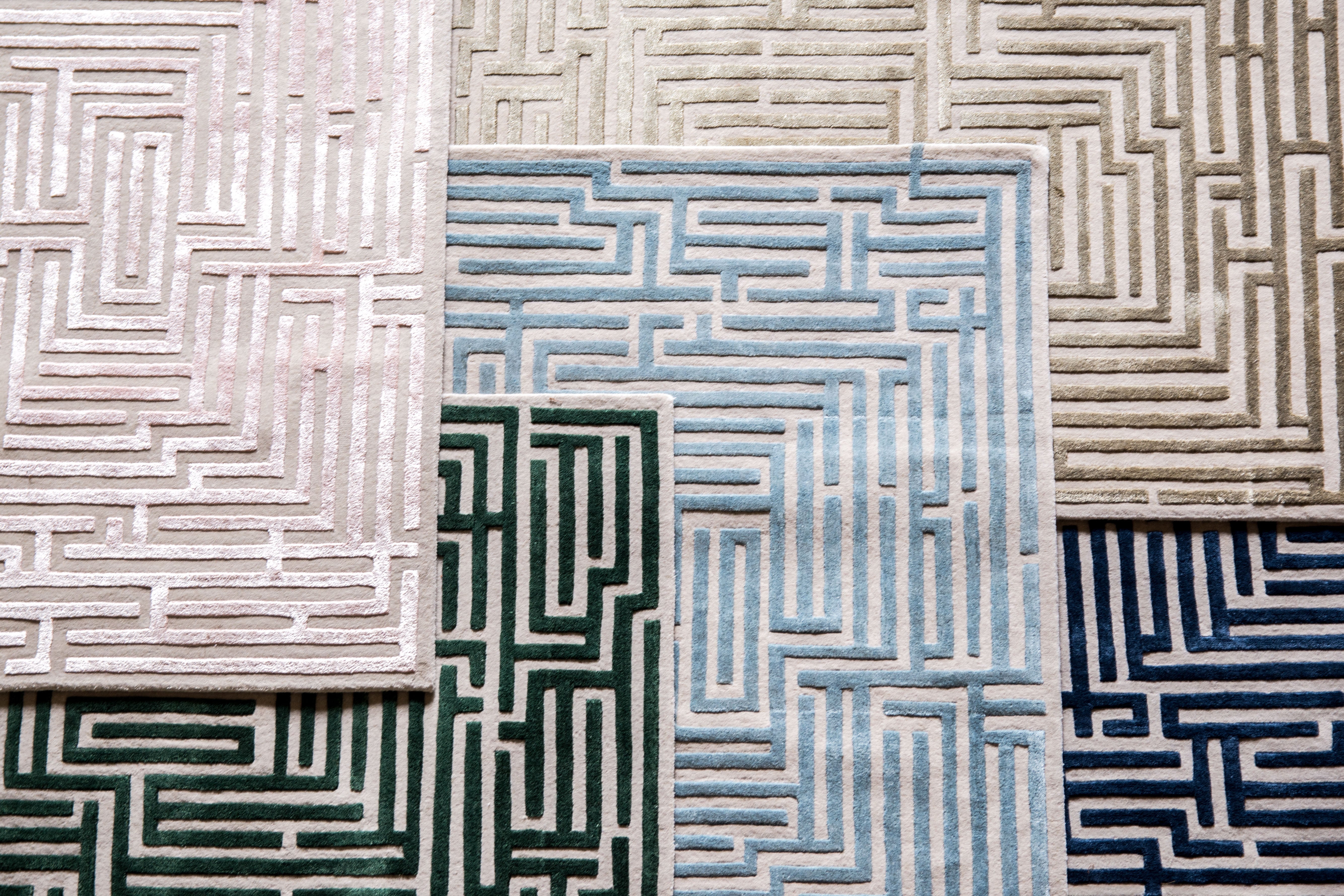How to Extend the Lifespan of Your Roof with Simple Maintenance Tricks
Roofs serve as the protective shield for our homes, tirelessly standing guard against harsh weather, scorching sun, and everything in between. Yet, despite their vital role, roofs are often overlooked when it comes to home maintenance — until a leak or damage draws unavoidable attention. The truth is, with a bit of care and some simple maintenance tricks, the lifespan of your roof can be significantly extended, saving you from premature repair or replacement expenses. In this blog, we'll explore easy yet effective ways to keep your roof in top condition for years to come, ensuring it continues to protect your home as steadfastly as the day it was installed.
Work With Local Experts
One of the most effective strategies to extend the lifespan of your roof is to collaborate with local roofing experts. These professionals not only understand the specific challenges posed by the local climate but also have insights into the most common issues that roofs in your area face. By conducting regular inspections, a local roofing company can identify and address any potential problems before they escalate, thereby prolonging the lifespan of your roof. When it's time for repairs or replacements, working with local experts ensures that the materials used are suitable for your region's climate and adhere to building codes.
Cleaning Gutters and Downspouts
Another key aspect of maintaining your roof's longevity involves the regular cleaning of gutters and downspouts. Clogged gutters can lead to water overflow which, over time, can cause significant damage to your roof, siding, and even your home’s foundation. Standing water in your gutters also provides a breeding ground for pests and can promote the growth of mold and algae, which can further degrade your roof materials.
To prevent these issues, it’s recommended to clean your gutters at least twice a year—once in the late spring and again in the early fall. Additionally, installing gutter guards can help keep debris out, making gutter maintenance easier and more effective. This simple step not only helps protect your roof but also contributes to the overall well-being of your home’s exterior.
Trimming Nearby Trees
Ensuring trees around your home are properly trimmed plays a crucial role in extending the lifespan of your roof. Overhanging branches can scrape and damage roof materials during high winds, leading to premature wear and tear. Furthermore, falling leaves and debris can accumulate on the roof surface and in gutters, retaining moisture and fostering the growth of moss or algae which weakens the roofing material over time.
By trimming back any branches that overhang your roof, you not only prevent physical damage but also reduce the risk of blocked gutters and the buildup of organic debris. Regular tree maintenance can help avoid these issues, keeping your roof safe and functional for as long as possible. It's best to schedule tree trimming during the dormant seasons—late fall or early winter—to minimize stress on the trees.
Repairing Roof Leaks Promptly
One of the most critical aspects of roof maintenance is addressing leaks as soon as they are detected. Roof leaks, even small ones, can quickly escalate into major issues if not repaired promptly. Water intrusion can lead to mold growth, damage to insulation, and structural deterioration over time. Early detection and repair of leaks can substantially reduce the potential for extensive damage and high repair costs.
Regularly inspecting your roof for signs of leaks, such as water stains on ceilings or walls, musty odors, or visible damage to roof tiles or shingles, can help catch problems early. It's crucial to hire a professional roofing contractor to evaluate and repair any damage. By taking swift action to repair leaks, homeowners can prevent minor issues from becoming major problems, ensuring the roof remains in optimal condition and continues to provide reliable protection for their homes.
Removing Moss, Algae, and Debris
An often overlooked but crucial aspect of roof maintenance is the removal of moss, algae, and debris. These elements can not only detract from the aesthetic appeal of your home but more importantly, can cause significant damage to roof materials over time. Moss and algae retain moisture against the roof surface, which can lead to rot and deterioration of roofing materials, while accumulated debris can block water flow and lead to water damage.
To combat these issues, it's essential to regularly check your roof for signs of moss, algae, and debris buildup, especially after the fall and winter months. Removing debris can often be accomplished with a long-handled broom or leaf blower, being careful not to damage the roof shingles or tiles. For moss and algae, applying a solution of bleach and water (1 part bleach to 1 part water) or a commercially available roof cleaner can be effective. It's important to follow up with a gentle rinse from a garden hose—avoid using a pressure washer, as the high pressure can damage the shingles.
By following these simple maintenance tricks and working with local roofing experts, you can effectively extend the lifespan of your roof. Regular inspections, cleaning gutters and downspouts, trimming trees, promptly repairing leaks, and removing moss, algae, and debris are all crucial steps in ensuring your roof remains structurally sound and protects your home for many years to come.










